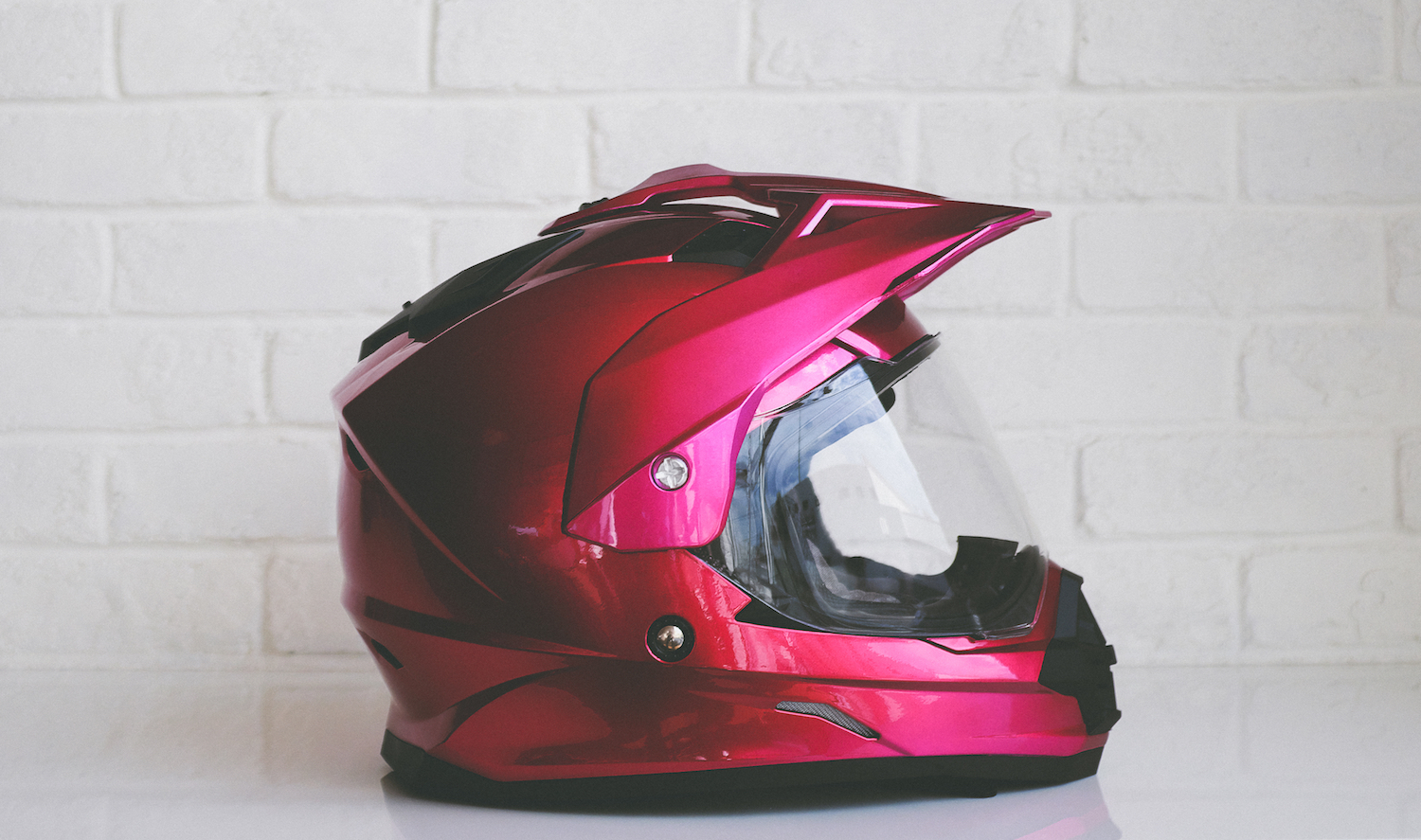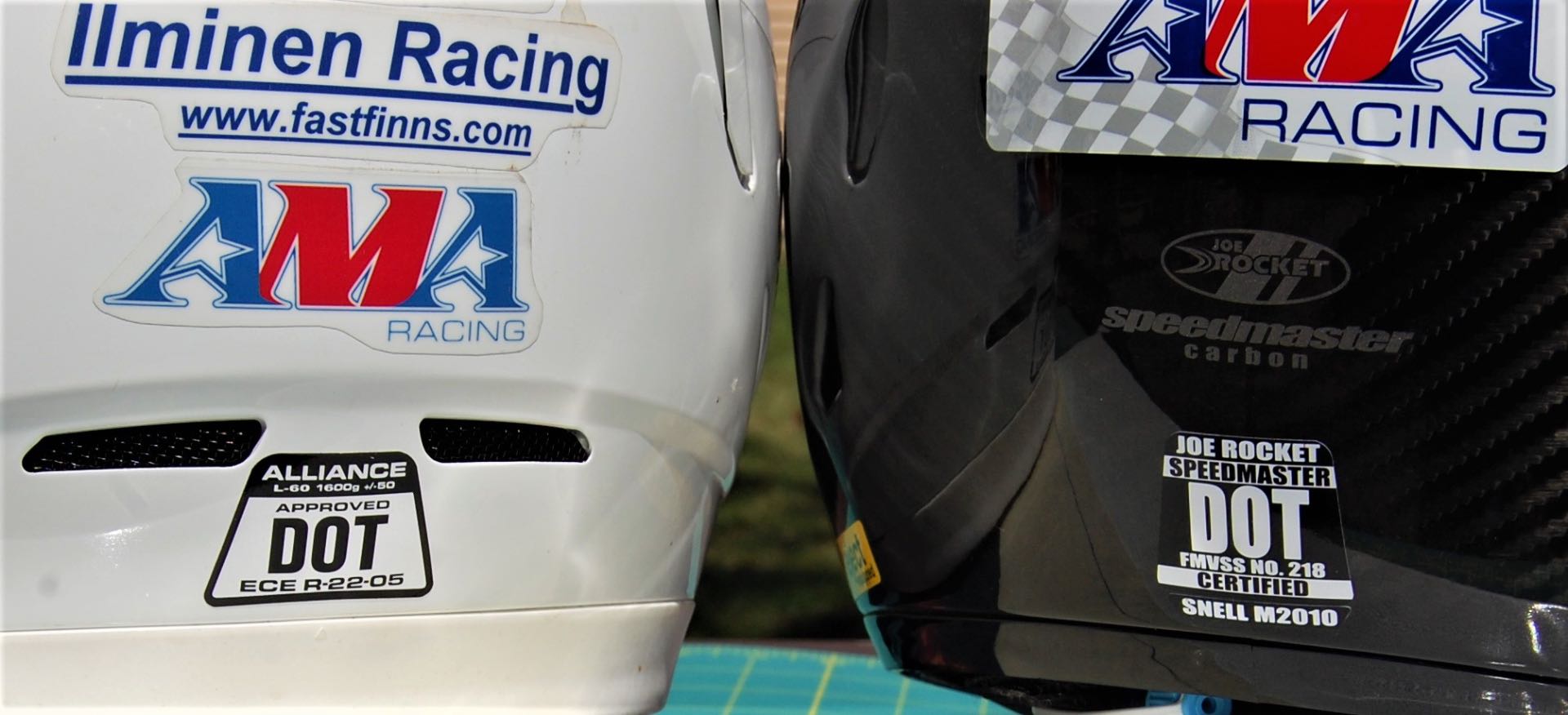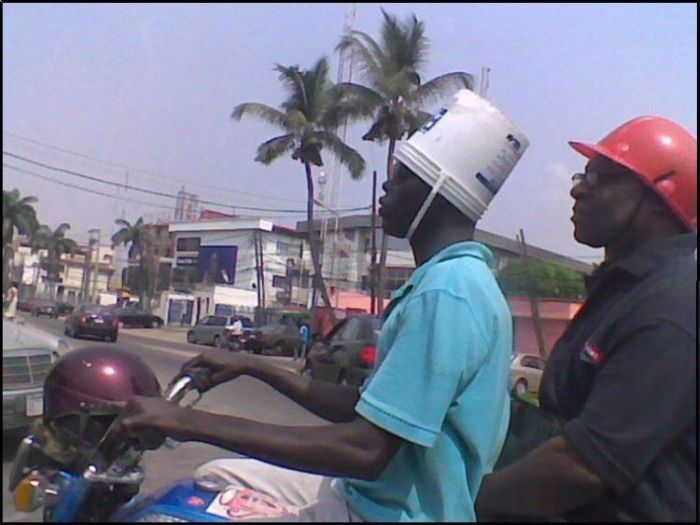It is called the "not invented here syndrome", and it affects all sorts of technical requirements worldwide. It isn't just government requirements, either, although those are the biggest nuisance because they carry the force of law.
Two different ways of thinking ... two different schools of thought ... even if one of them is found to have shortcomings, good luck with getting the organisation with the less-suitable standard to change their way of thinking, and admit that they have been (gasp) a little bit wrong ...
My observation having dealt with other bodies of standards is that it's usually the Americans who don't want standards that came from somewhere else. They don't accept a European standard, they have to use an American one. In my own real world, there has been some headway in some areas by taking an ISO standard, essentially copy-and-pasting it and renaming it as an ANSI standard, and calling that the American standard even though it's (as close as we can make it) the same. Doesn't always work ...
The FortNine video explained something that made sense about the Snell standard ... where their double-impact requirement came from: racing cars, with roll cages, with the driver held in place in the seat with a harness. It stands to reason that if their head gets shaken around, they could whack their head against the roll cage in more-or-less the same place multiple times. That isn't something you would expect to happen when a motorcyclist comes off their bike.
I'm quite sure the FIM has done a lot of research on what's needed for a good motorcycle helmet. It appears that ECE 22.06 is the street-related outcome of that.



















